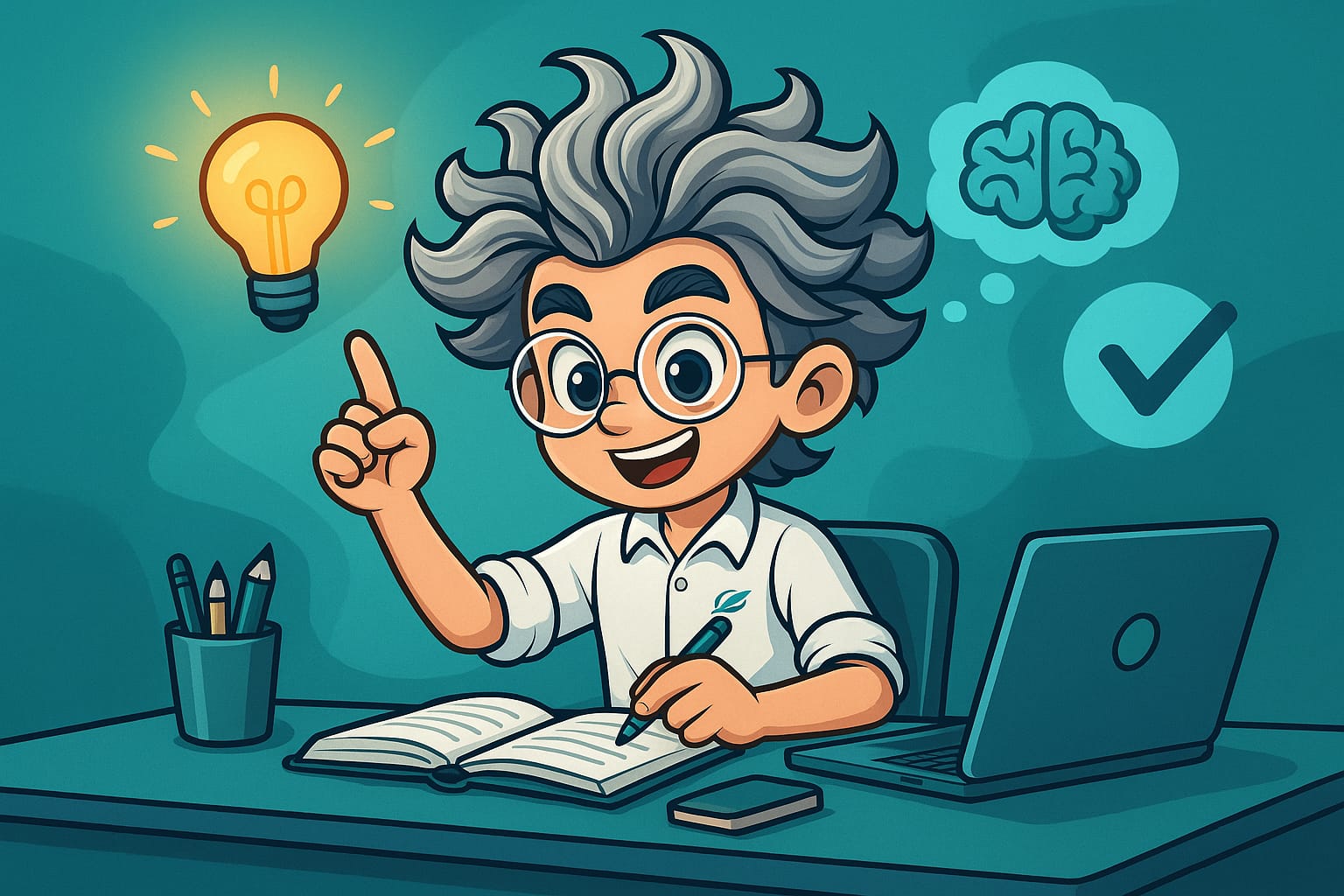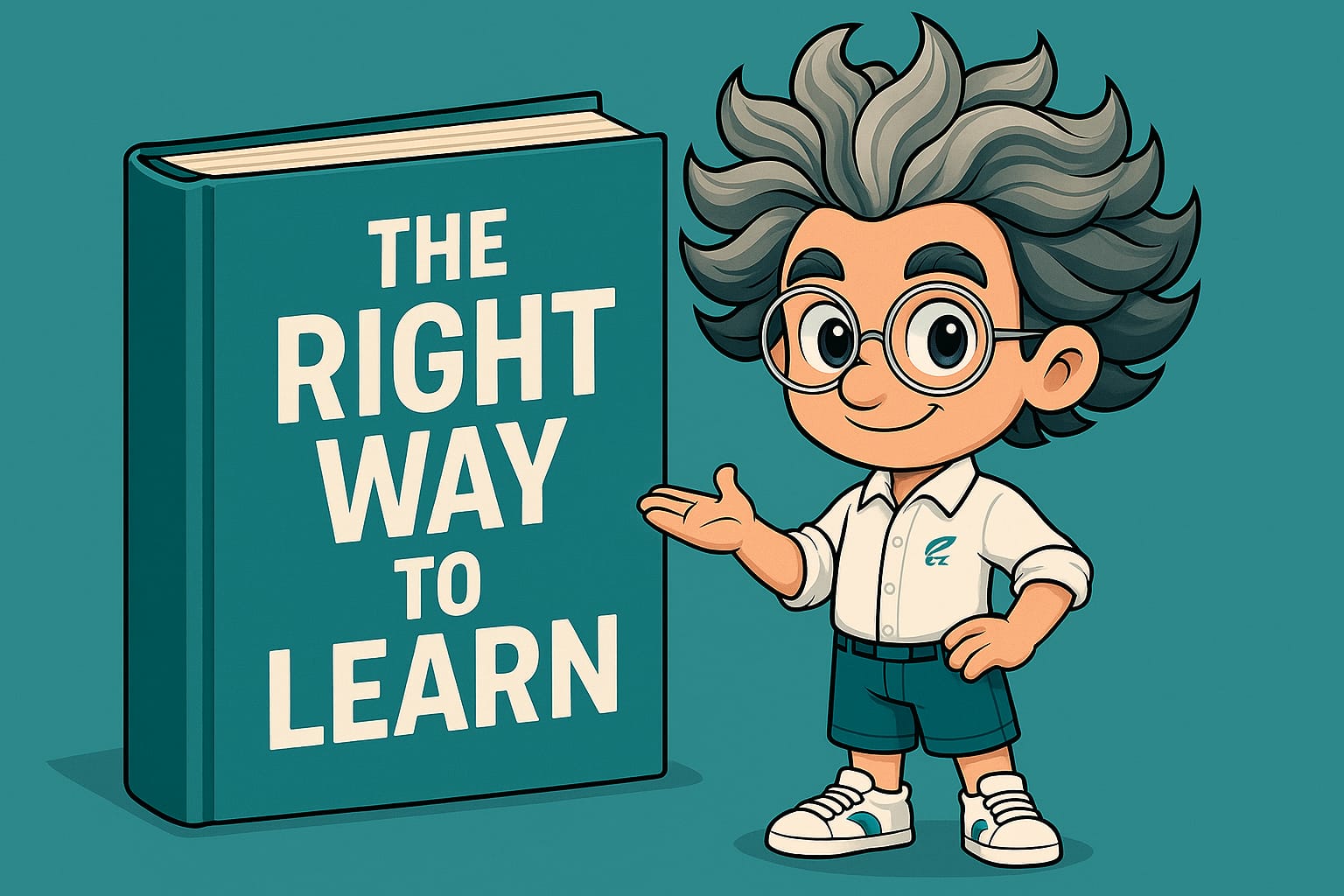
Active Learning: How to Learn in a Way That Helps You Easily Remember Information?
In a world where information accelerates and knowledge sources abound, mere memorization is no longer enough to understand and recall academic material. This is where “active learning” emerges as one of the most effective educational methods for cementing knowledge and enhancing comprehension. What is active learning, and how does it help you remember what you learn easily and effectively?
What is active learning?
Active learning is an educational approach that engages the learner directly in the learning process rather than being a passive recipient of information. This approach includes stimulating activities such as group discussions, problem-solving, role-playing, project-based learning, asking questions, and self-directed research.
According to a study by the Active Learning Center at the University of Minnesota: “Learners who actively participate in the educational process retain up to 75% of the information, compared to only 5% through traditional lectures.”
Source: Active Learning Center, University of Minnesota
Why does active learning improve memory?
• It links new knowledge to existing knowledge: when you engage in activities requiring you to use prior knowledge, you form deeper neural connections that make recall easier.
• It boosts attention and focus: unlike passive listening, active learning forces you to interact with the material, increasing concentration and reducing distractions.
• It provides immediate feedback: interaction with peers or instructors gives you direct feedback to correct misconceptions quickly.
• It promotes deep learning rather than surface learning: instead of memorizing facts as they are, active learning requires you to analyze, discuss, and relate concepts to real-life situations, fostering long-term understanding.
How to apply active learning in your studies:
• Ask yourself questions while studying, such as “Why is this important?” or “How can I use this in my life?”
• Teach the lesson to someone else: an effective way to test your understanding.
• Create mind maps or diagrams: visual tools that help connect concepts.
• Discuss the material with friends or in study groups.
• Apply what you’ve learned immediately by writing an essay, designing a project, or conducting a simple experiment.
Conclusion
Active learning is not just a teaching method; it’s an academic lifestyle that makes learning an interactive and effective experience. The more you engage your mind and body in the process, the better you’ll retain and deeply understand information.
“Tell me and I’ll forget, show me and I may remember, involve me and I’ll understand.” – Ancient Chinese proverb
Similar Articles


